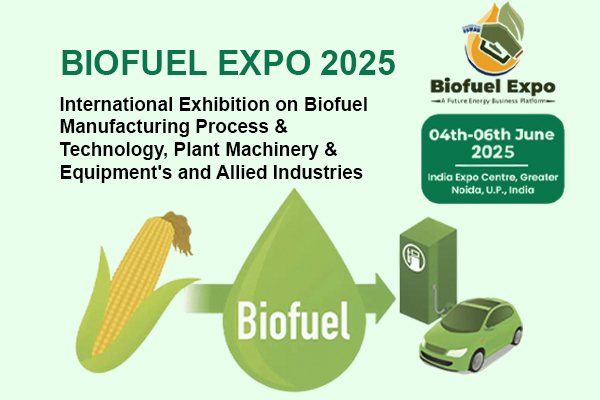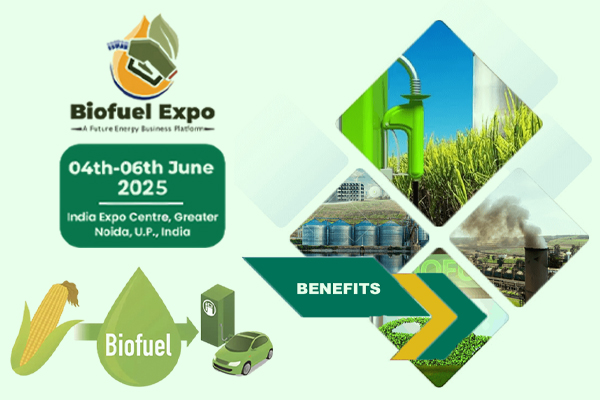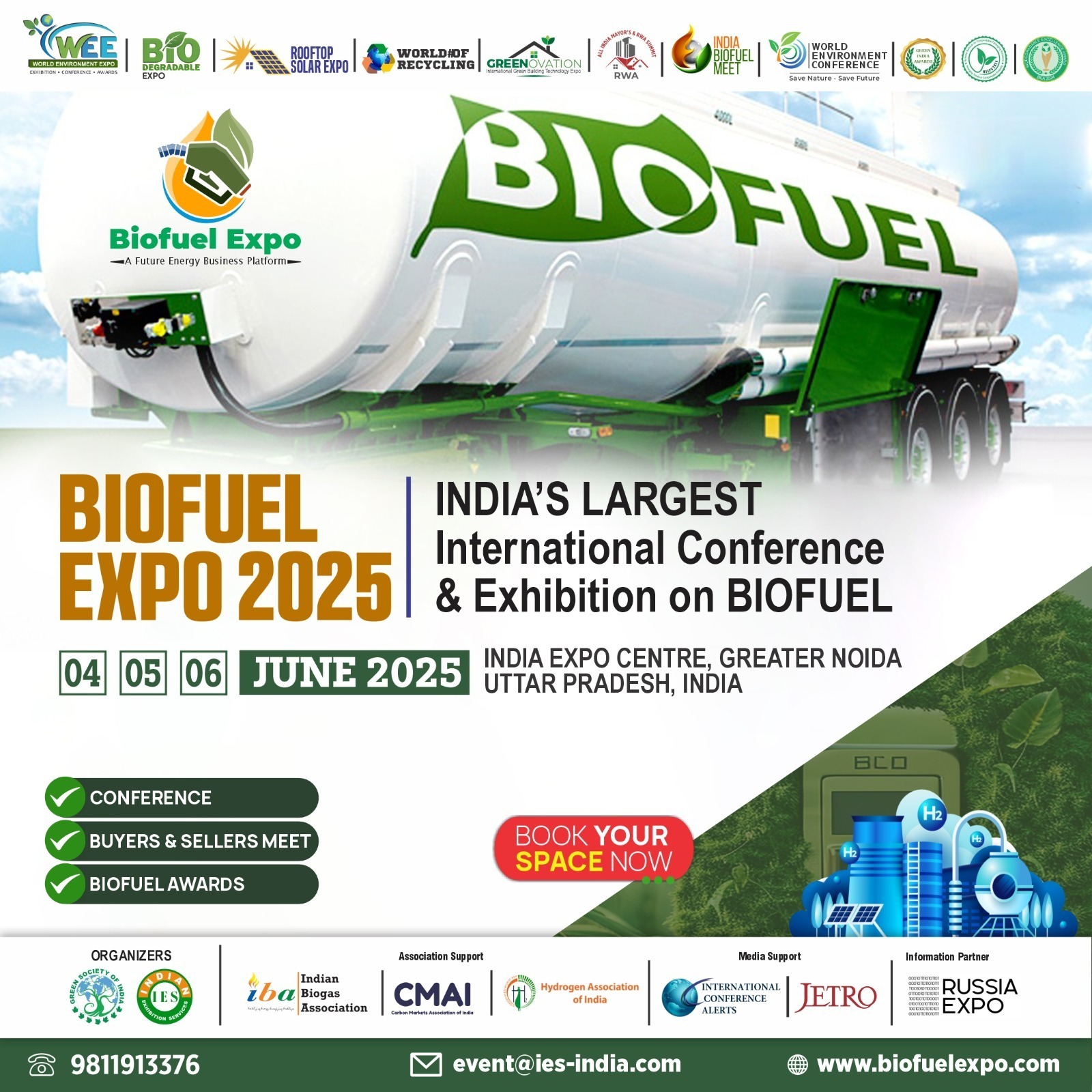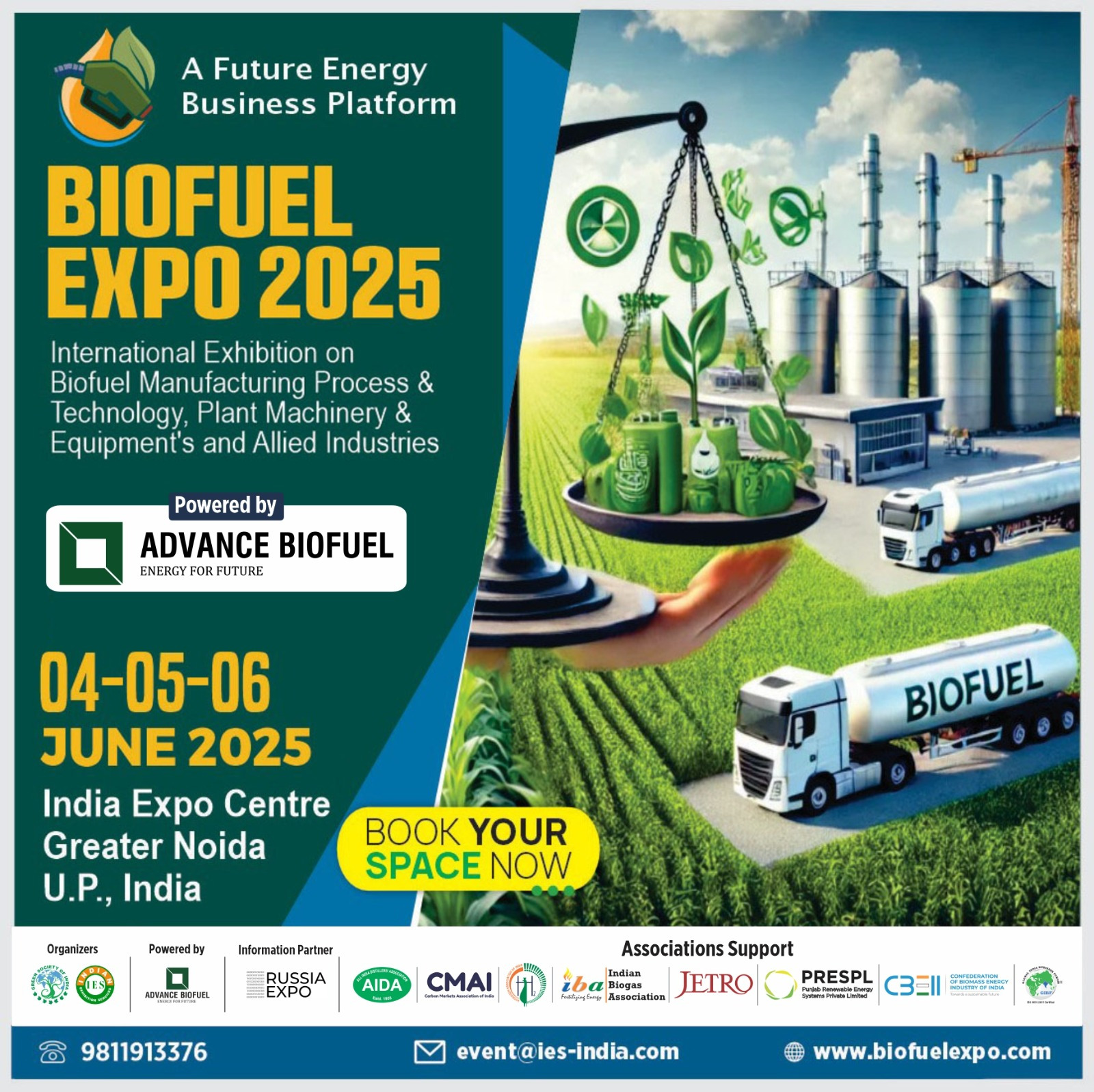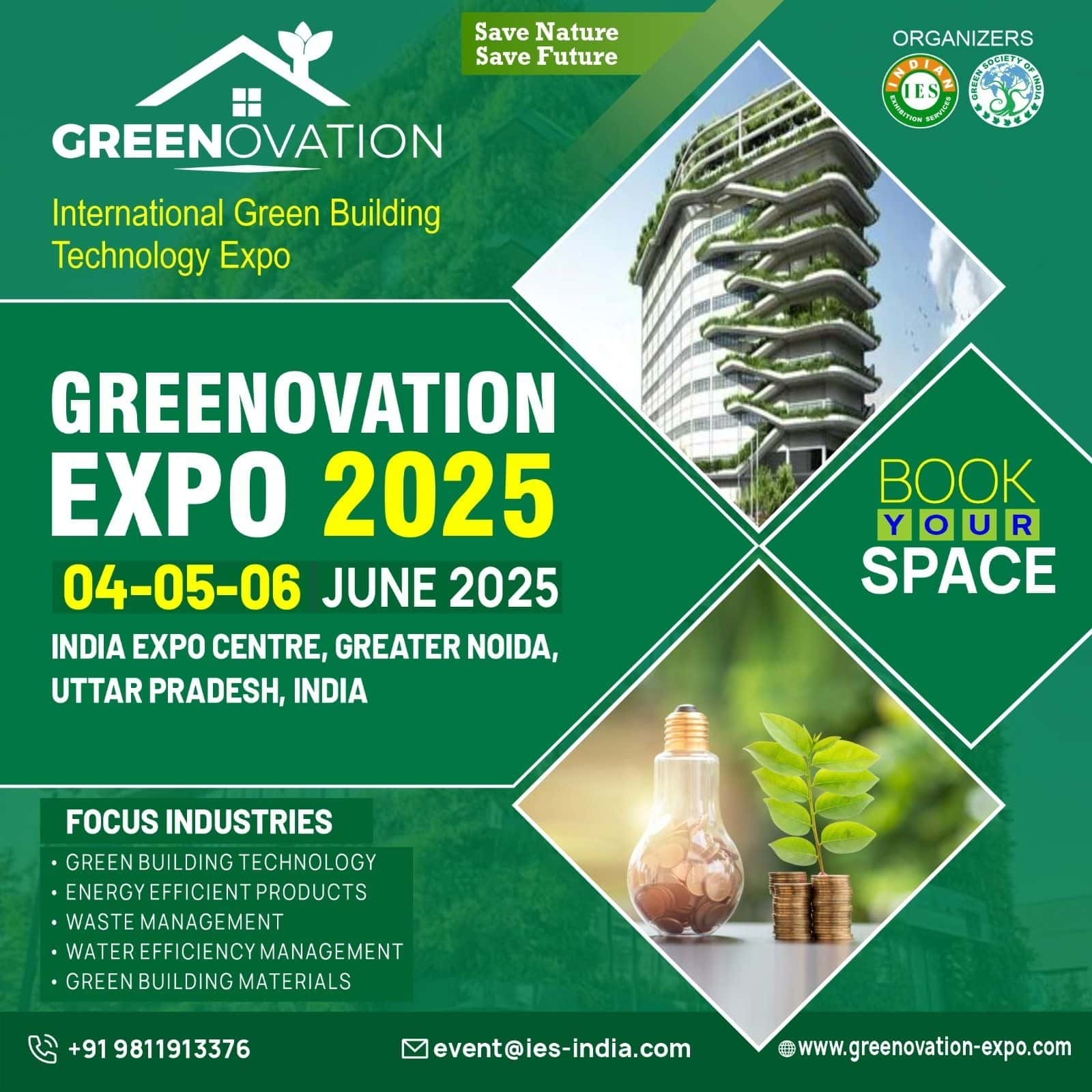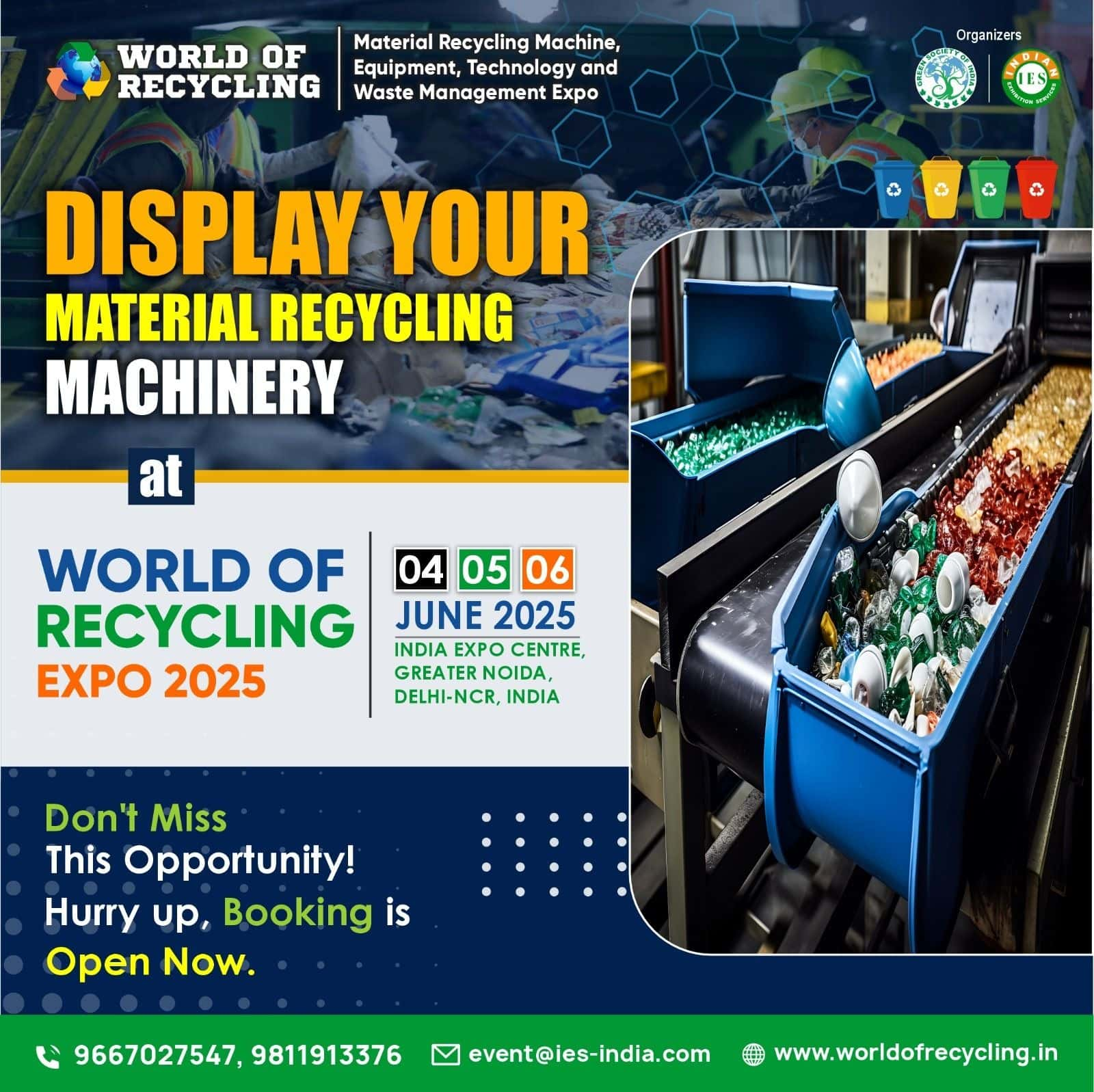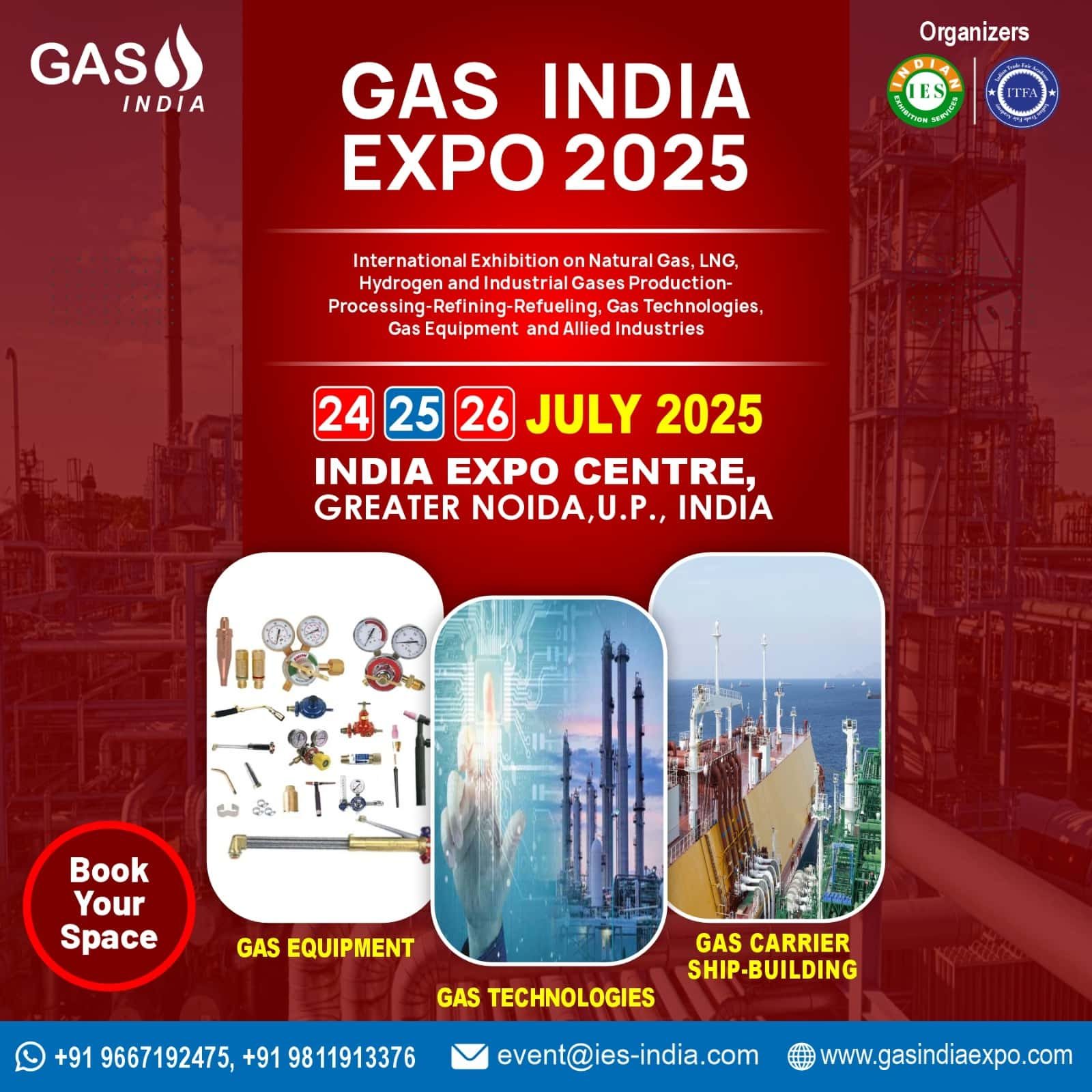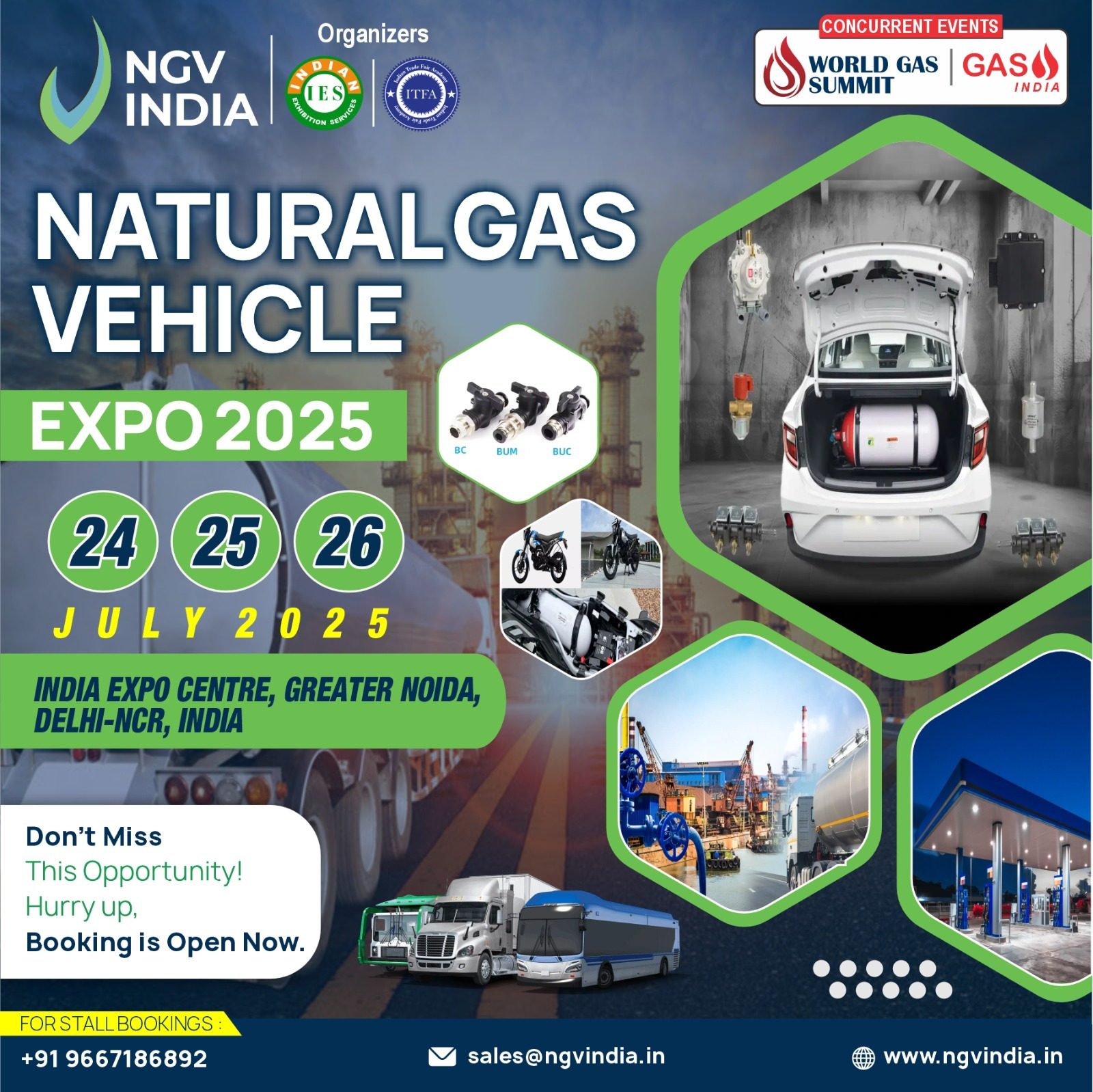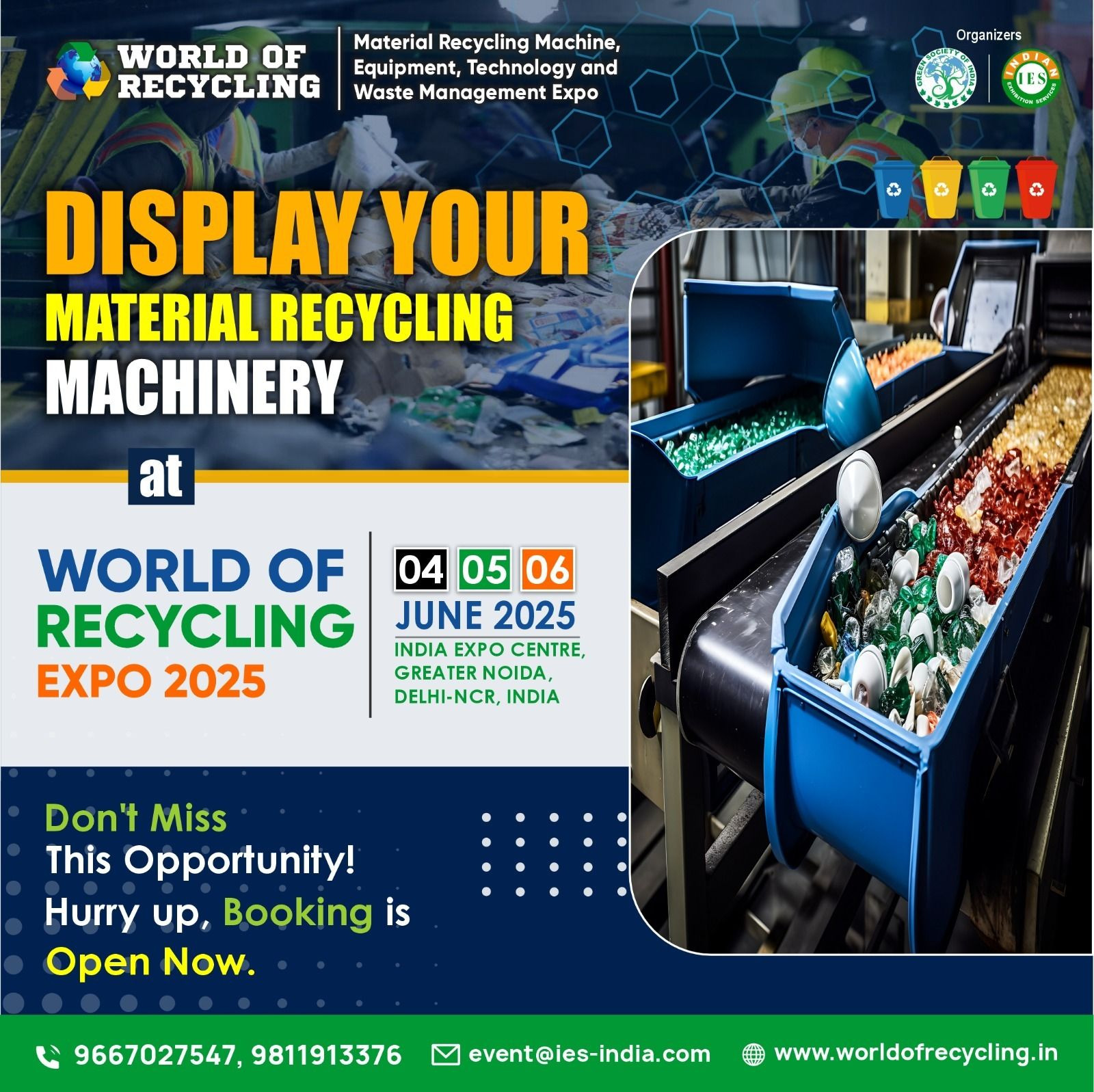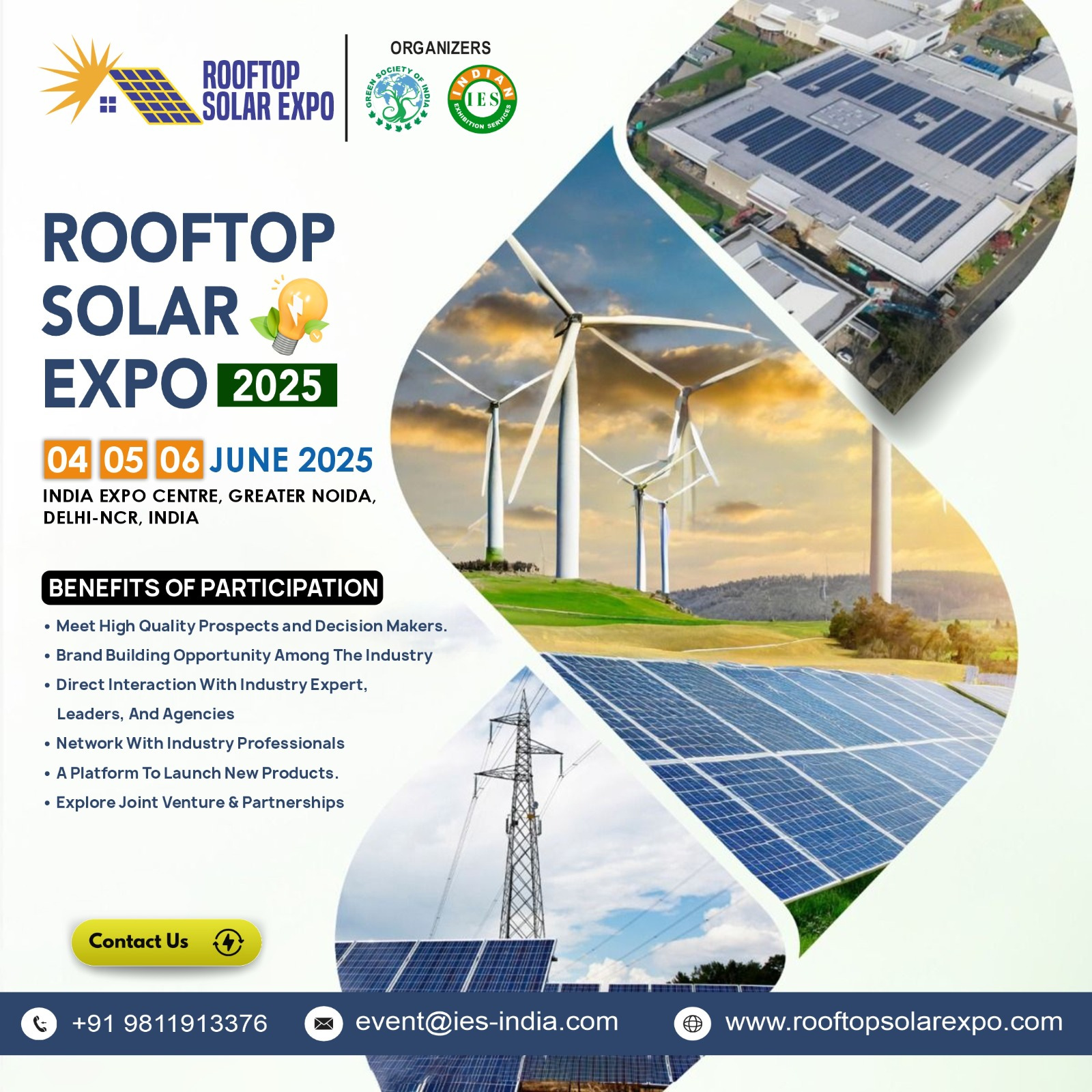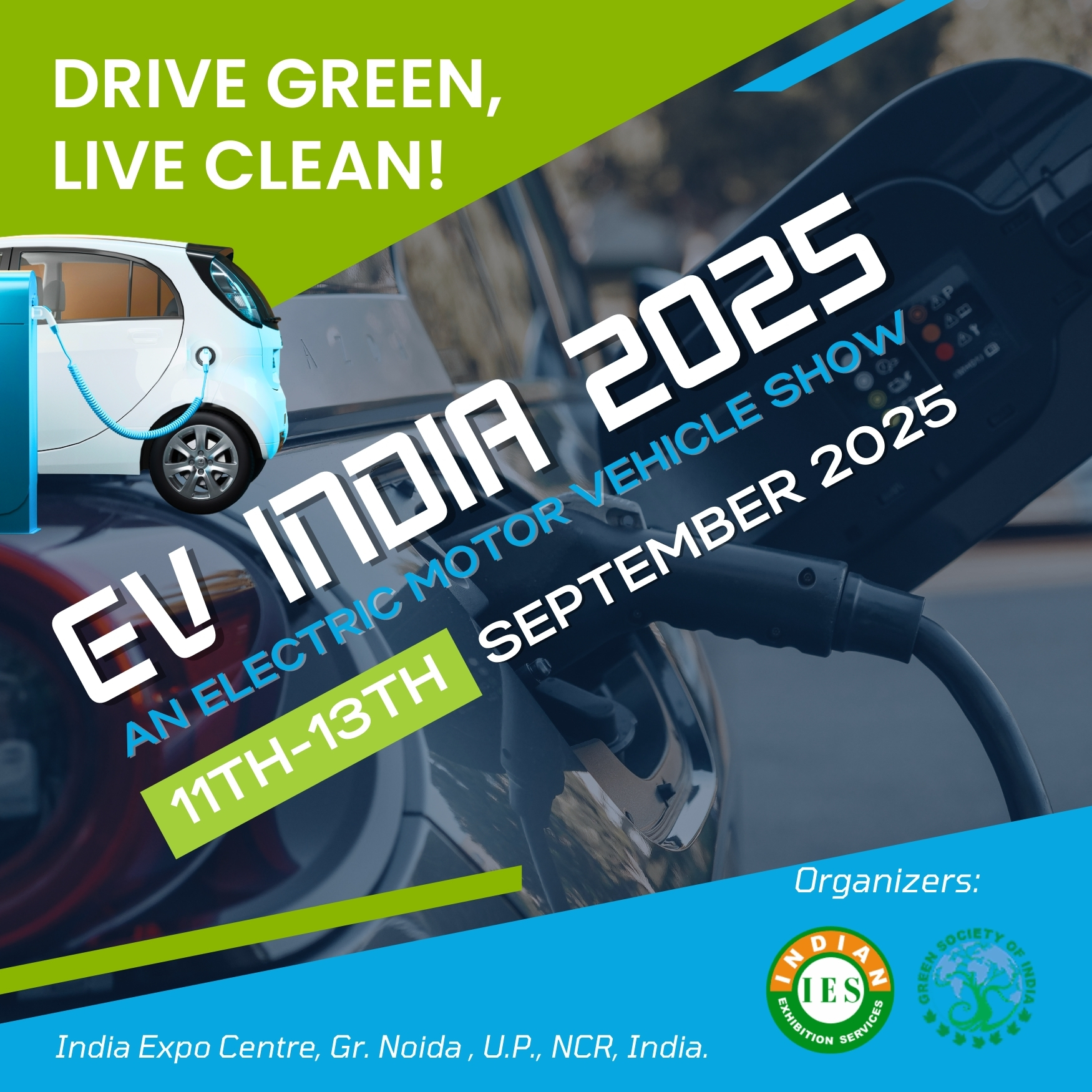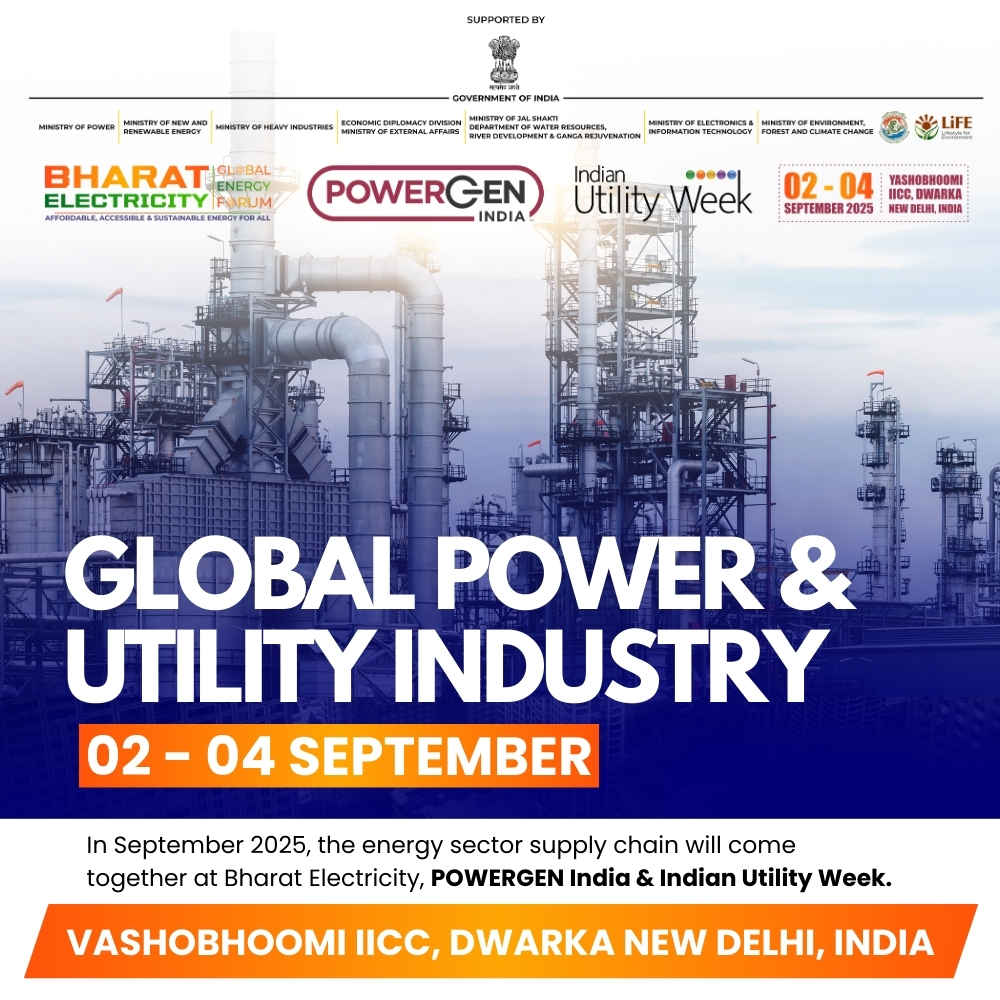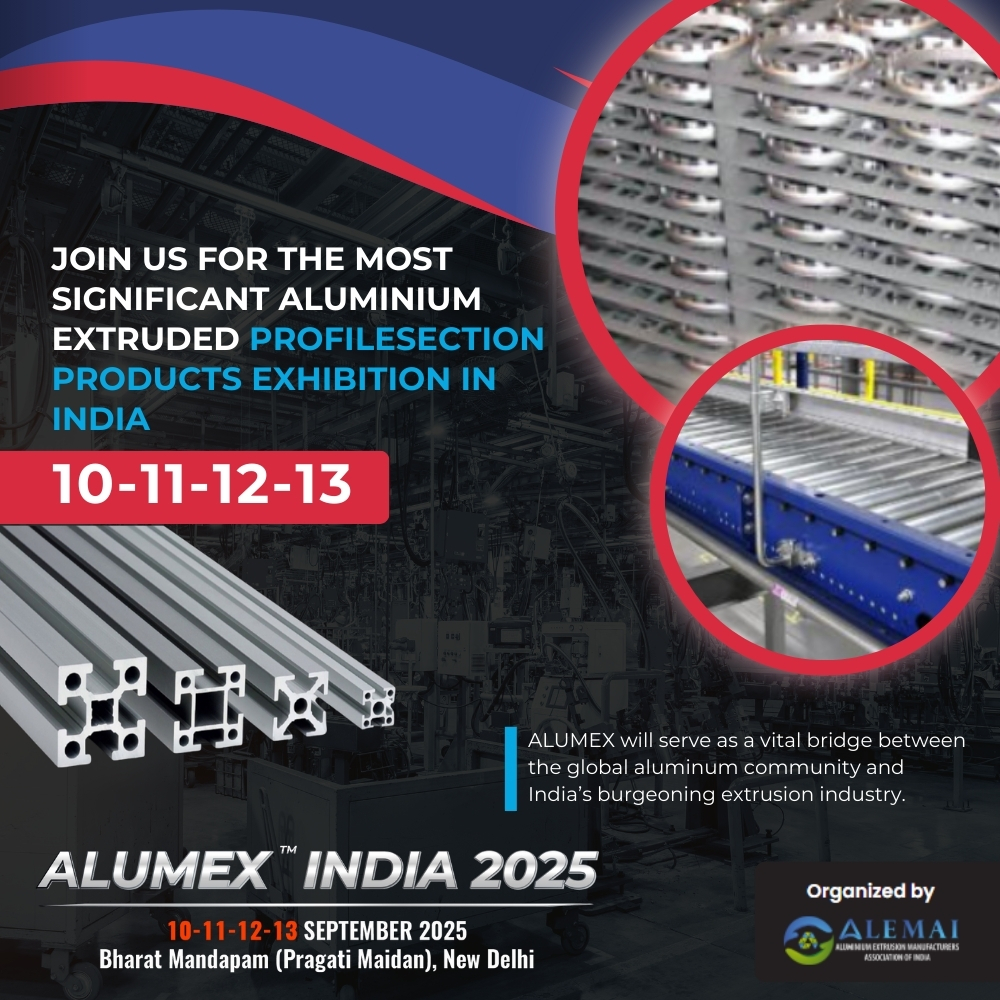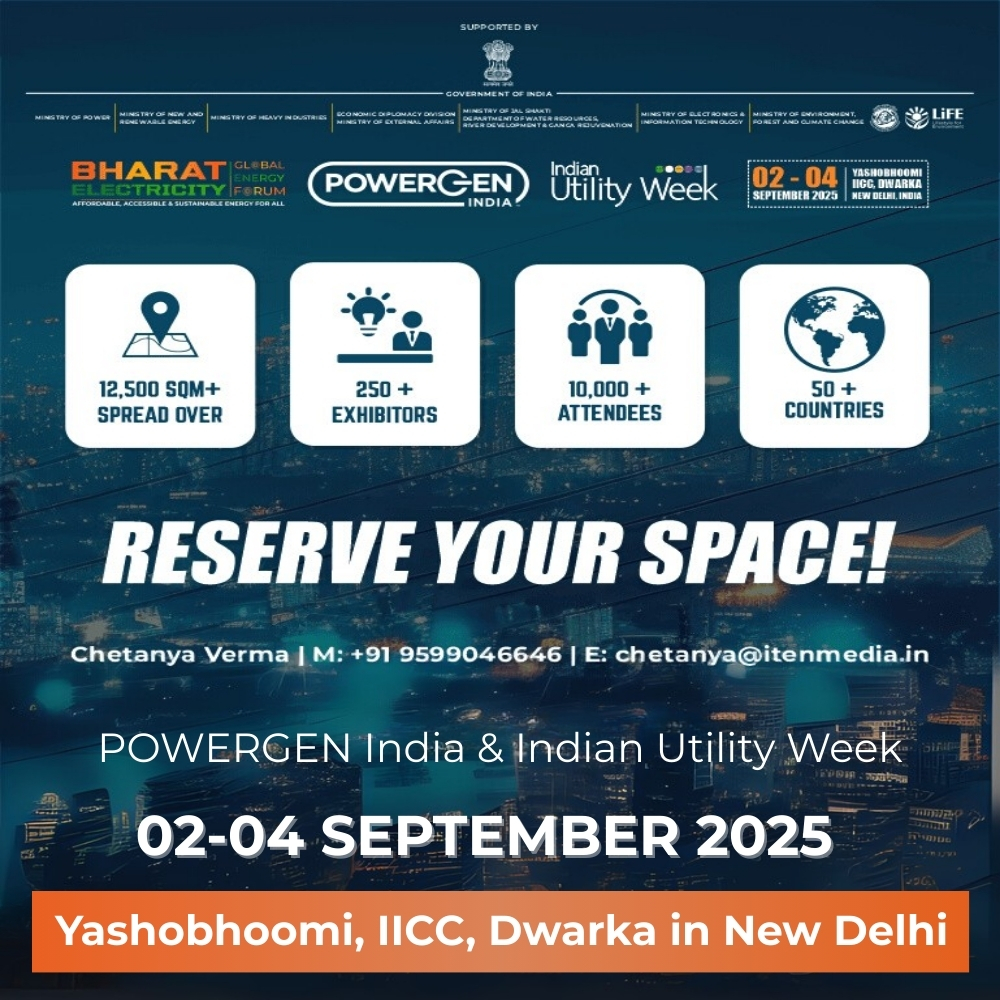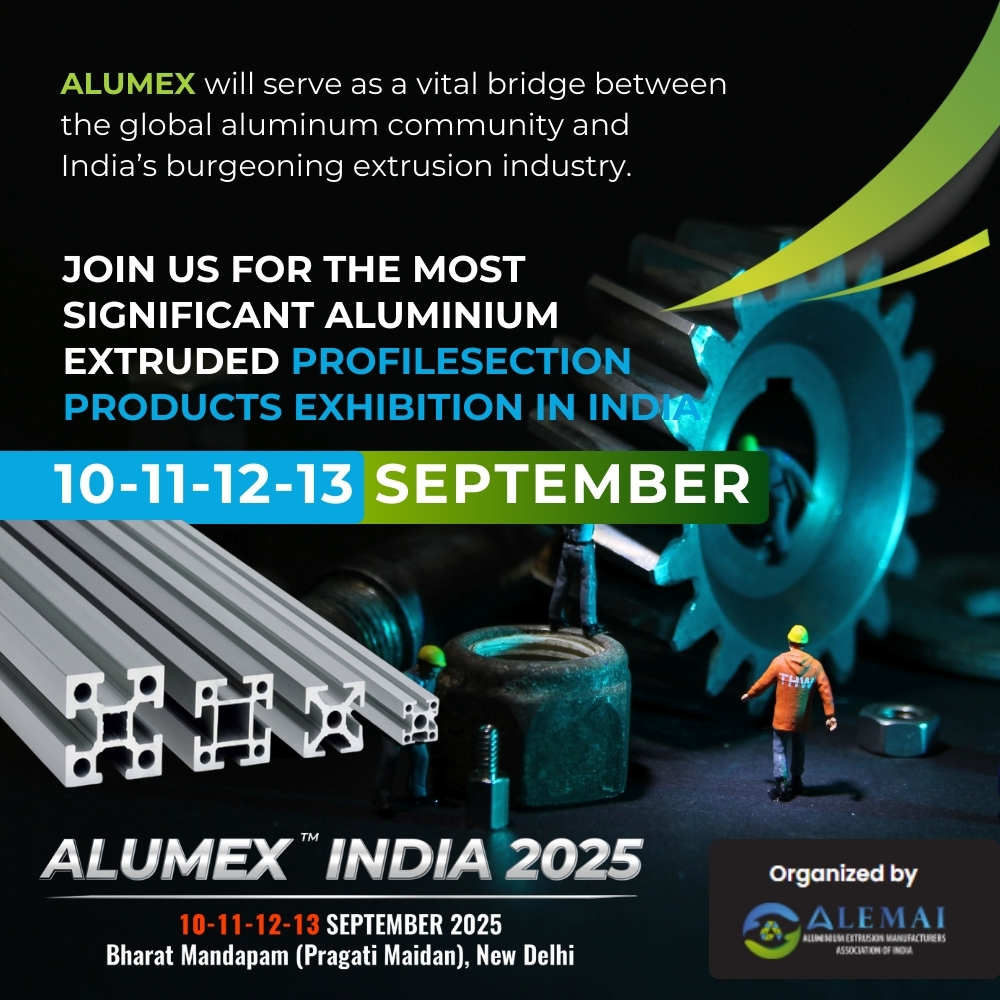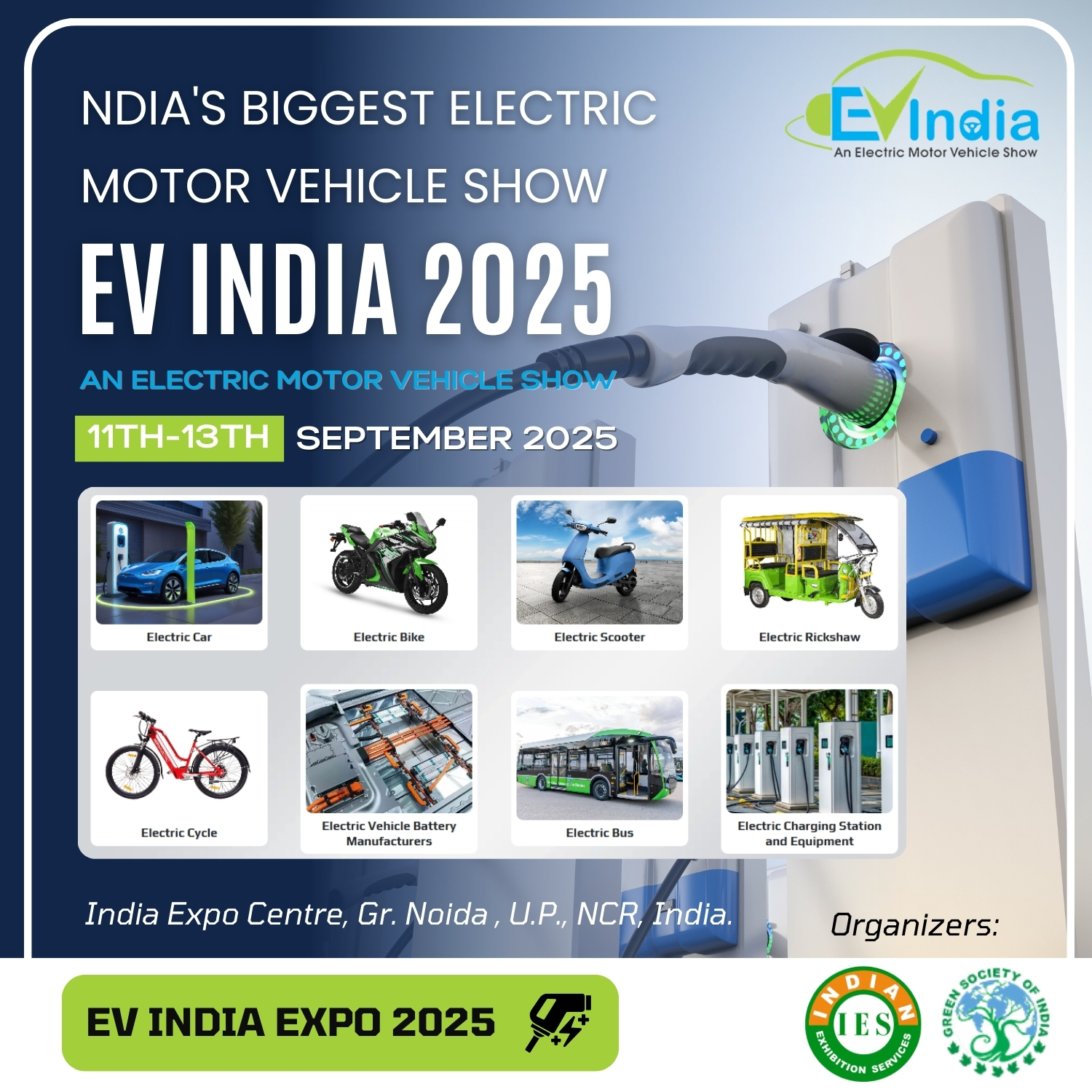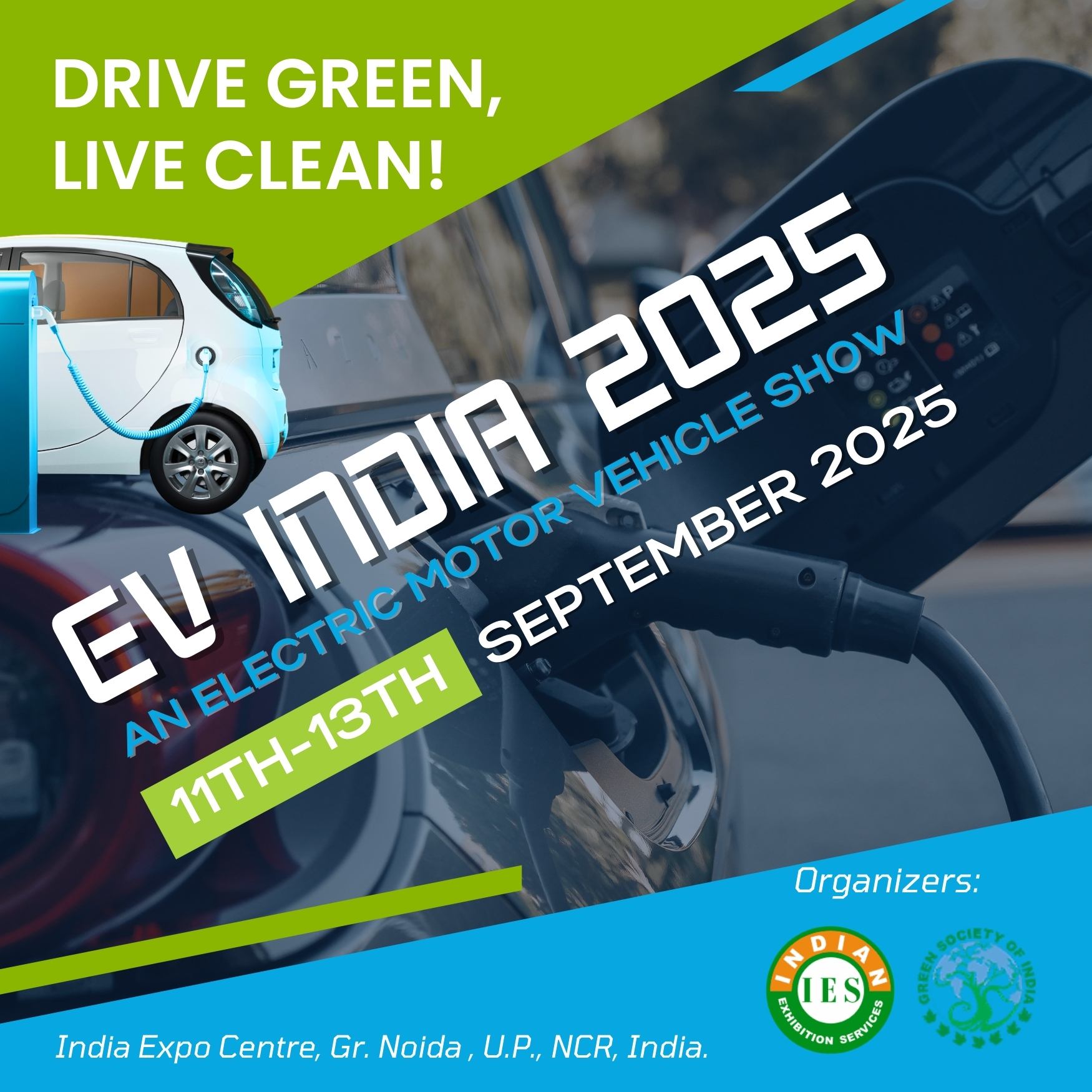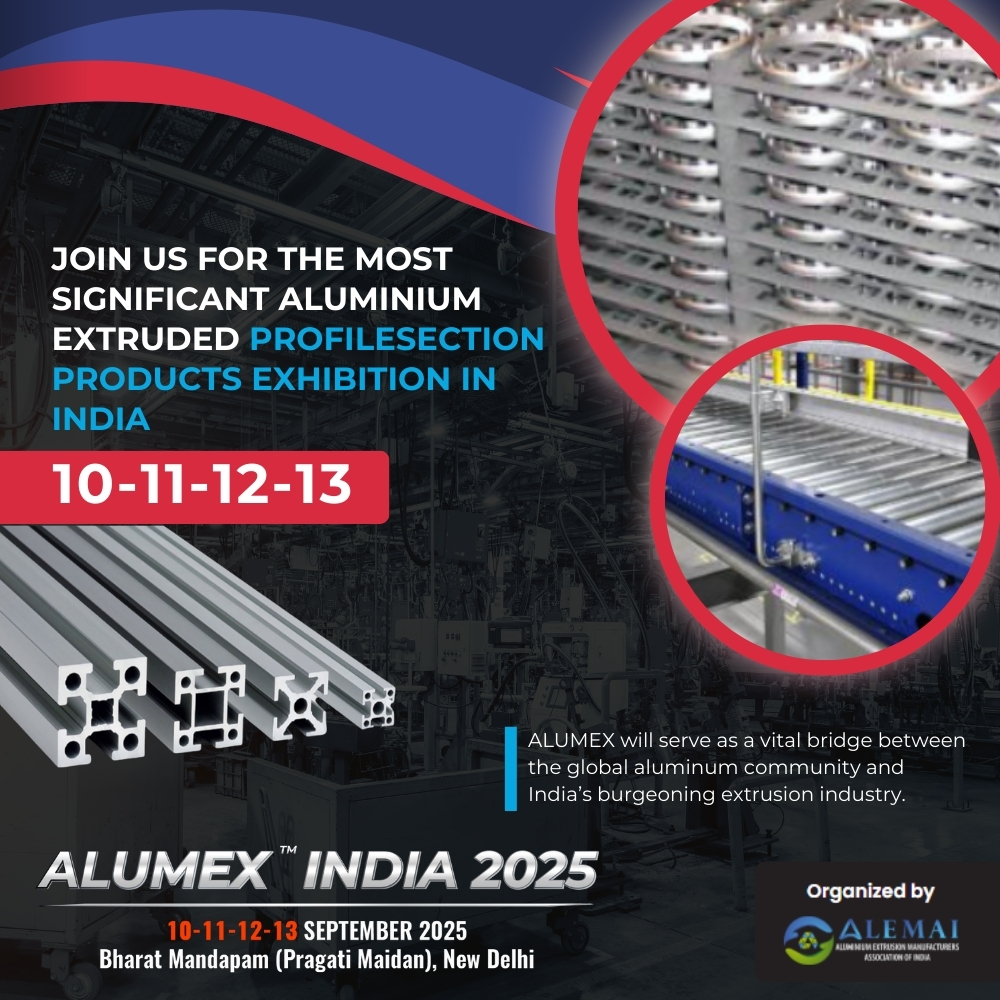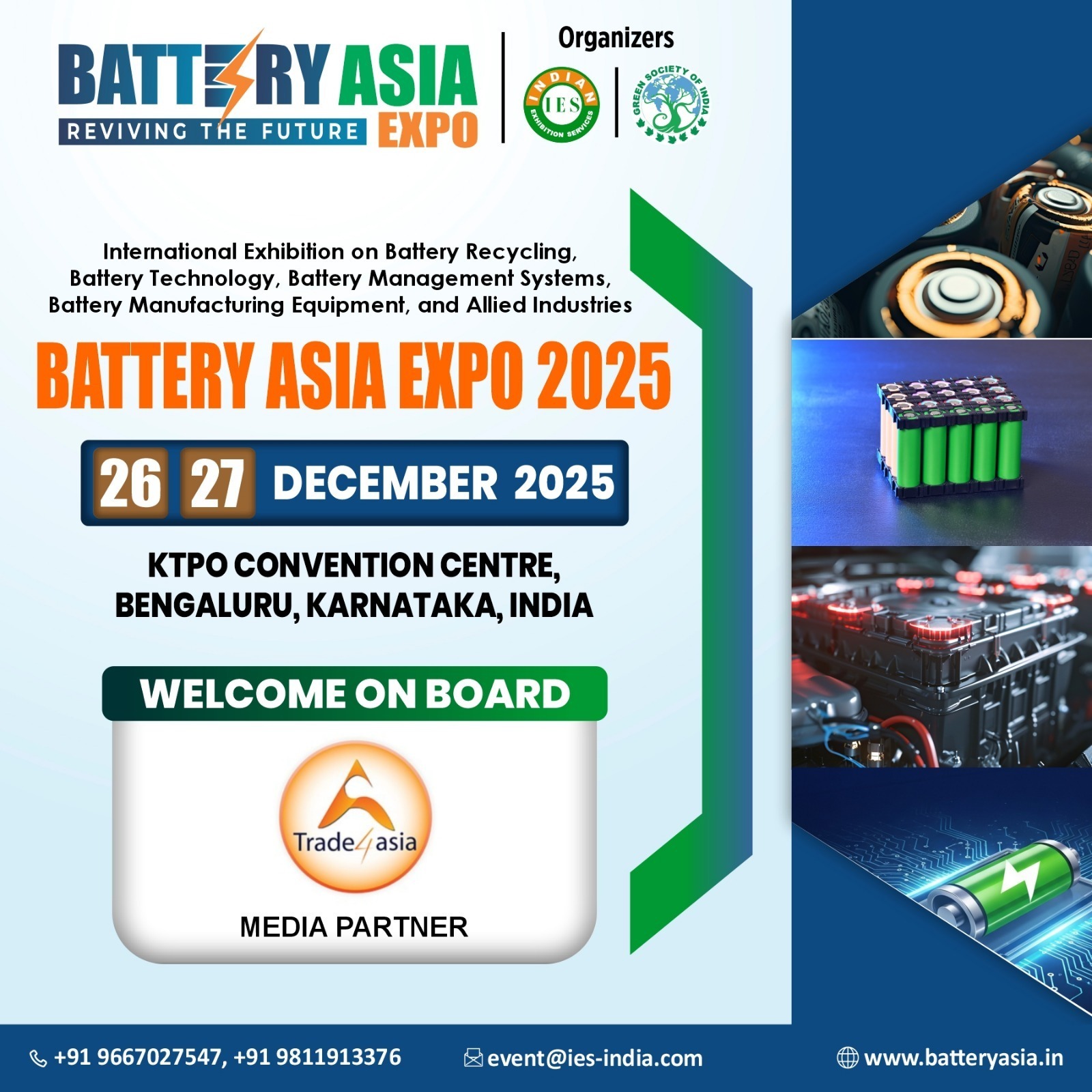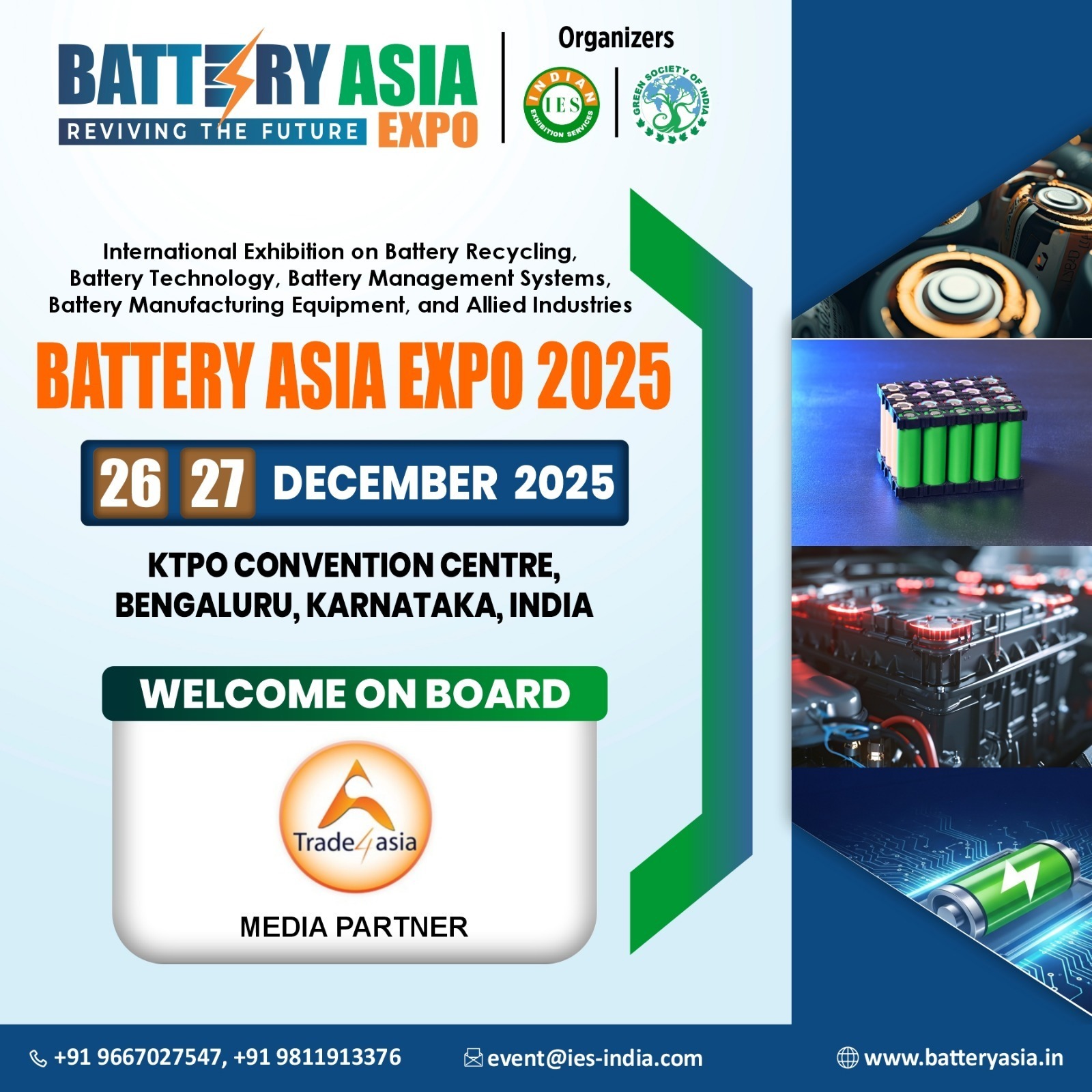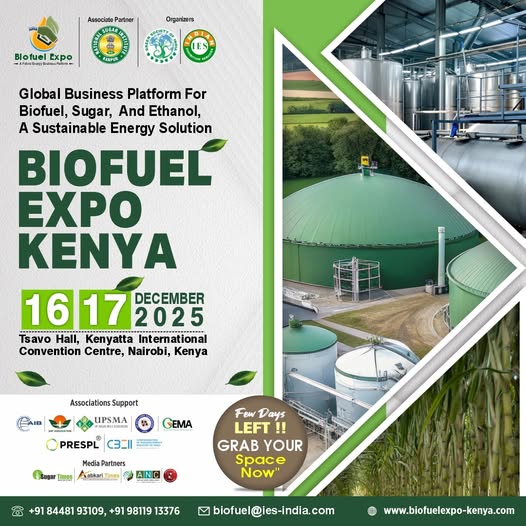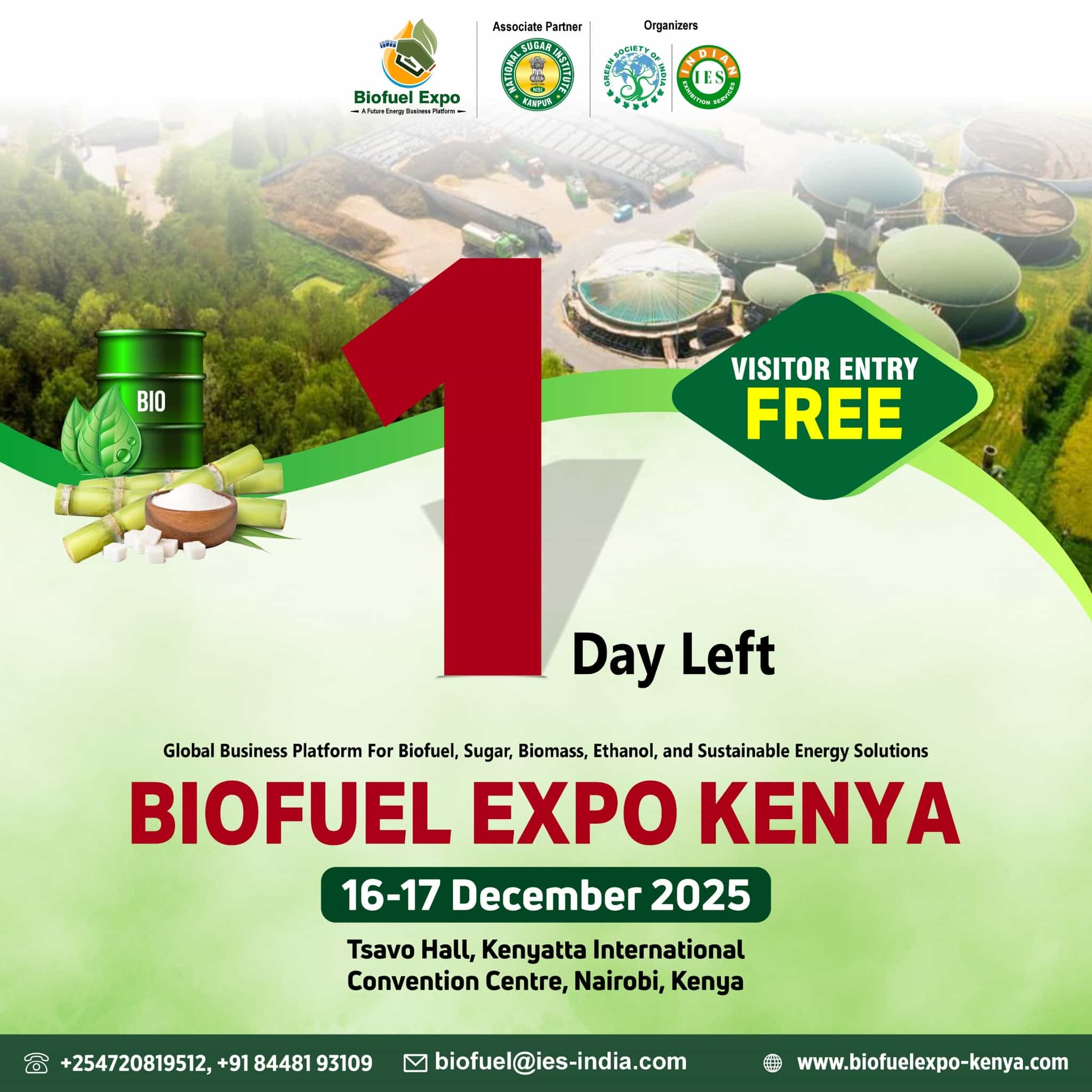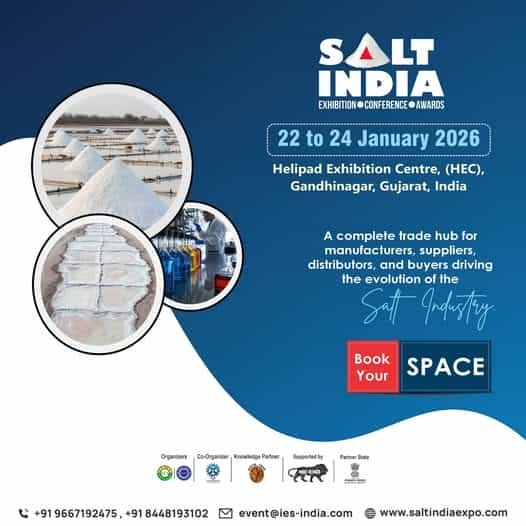
When transport visionaries converge at the EV & NGV Convergence Expo, what transpires is greater than an exhibition—it's a roadmap to a greener, smarter mobility future. Vitalis Power Engineering was honored to join in and experience this energyâÂÂled revolution in action.
1. Setting the Stage: From Electric to Natural Gas
Wandering into the expo was like walking into an intriguing intersection—electric cars recharging at the neighboring booths alongside sparkling natural gas rigs. The conference was for a forward-thinking audience: fleet managers, municipal planners, energy decision-makers, EV and NGV producers, public transit authorities, and entrepreneurs connecting both technologies.
With EVs promising zero-emission city transport and NGVs (Natural Gas Vehicles) offering lower-carbon alternatives for heavy duty and long-haul sectors, this convergence expo aligned both pathways toward sustainable transport.
2. Expo Highlights: Tech That Powers Mobility
Smart Charging & Gas Refueling Hubs
The expo focused on integrated refueling infrastructure—multi-fuel fueling stations that provide fast-charging for EVs in addition to CNG and bioâÂÂCNG dispensers for NGVs. The hybrid hubs showed how mixed fleets can run smoothly, powered by fossilâÂÂgas alternatives or electricity, based on route and need.
Energy Management & Fleet Telematics
Innovative fleet telematics platforms dominated the scene. Real-time dashboards allowed operators to review fuel consumption (electricity vs. gas), monitor emissions, and streamline routes. With predictive diagnostics, these platforms assist fleets in switching to hybrid or dualâÂÂfuel operations cost-effectively.
Next-Gen Fuel-to-Range Technologies
HydrogenâÂÂblended CNG and LNG cryogenic solutions were also displayed for longer-route haulage. Colorful models showed how hydrogen blending can lower emissions in heavyâÂÂduty fleets without compromising stability and range.
At the same time, EV presenters showed quick charging solutions—recharge in 20 minutes, 200â¯km range—making them acceptable for intercity passenger and logistics applications.
3. Panels & Presentations: Real Talk, Real Vision
Decarbonizing Transport Ecosystems
Experts discussed how a combined EV and NGV approach can speed carbon reduction. EVs are unbeatable for short inner-city drives—but regional logistics is better tackled by NGV with hydrogen blending for pragmatism and real-time emissions reduction.
Policy, Incentives & Infrastructure Trends
Government officials, industry leaders, and experts debated the fiscal incentives to adopt EVs, CNG station subsidies, and future vehicle emission norms mandates. Given India's plans to reduce transport emissions, these policies are setting the stage for dualâÂÂfuel systems industrywide.
Skills, Training & Public Awareness
Workshops were conducted to build the skills of technicians for both EV and NGV servicing, safety practices within CNG stations, and awareness campaigns to educate fleet owners regarding total cost of ownership and sustainability advantages.
4. Real-World Use Cases & Connections
Metro Bus Fleet Transition Projects
Numerous state transport initiatives offered pilot examples of converting buses—some to electric, others to CNG or hydrogen-blend fuel—with lower carbon footprints and lower operating cost savings. Riders liked quieter, cleaner rides.
Logistics & Delivery Fleet Innovations
Large delivery and logistics companies rolled out pilot efforts: small EVs supplemented by CNG cargo vans for longer-haul trips. Telematics connected vehicles to command centers, allowing dynamic fuel switching dependent upon trip profile.
Rural Electrification & Last-Mile Transport
Rural regions—where grid-based EV charging is patchy—NGV options (with compressed or bioâÂÂCNG) are completing vital transport needs, particularly when mixed with hydrogen for emissions management. These hybrid solutions are making sustainable but practical mobility services possible for under-served areas.
5. Human-Centric Innovation & Strategic Collaborations
What really rang true at the expo was the humans behind the technology. Fleet operators spoke of migration challenges—fuel prices, charging stations, and downtime. Engineers described vehicle conversion kits and hybrid drivetrain with precision. Investors and policymakers debated scalable rollouts—and local production of charging and CNG hardware.
That genuine, human conversation—based on actual concerns, actual data, and actual motivations—brought the convergence expo to life. It was more than a display—it was a venue to align purpose, metrics, and operational plans.
6. Insights & Impact: What We Learned
At the close, a number of salient patterns emerged:
- Dual-fuel mobility is rapidly emerging—fleets can deploy EVs for city runs and NGVs (hydrogen-blend) for longer distances.
- Convergence hubs in infrastructure are important—charging stations that can process both electricity and gas facilitate adoption smoothly.
- Telematics-based optimization allows fleet managers to choose cheapest or cleanest fuel dynamically.
- Industrial cooperation and policy is driving adoption—through incentives, public-private MoUs, and cluster pilot models.
Executives left with new roadmaps: select hybrid refueling stations, roll out pilot dual-fuel fleets, reskill personnel, and persuade policymakers to provide fleet-level incentives. This expo wasn't merely informative—it was generative.
Keywords inserted naturally:
- sustainable transport
- dualâÂÂfuel mobility
- energy convergence
Frequently Asked Questions (FAQ)
1. What exactly is the EV & NGV Convergence Expo?
It's a sector-specific conference featuring electric vehicle technology in addition to natural gas vehicle innovation. Intended for fleet operators, policymakers, and infrastructure developers, it represents how the two can coexist in a sustainable transport environment.
2. How do EVs and NGVs complement each other?
EVs cater to short-distance, urban use with no tailpipe emissions. NGVs, particularly with hydrogen blending, are well-suited to heavy-duty, long-haul and rural transport where there is limited charging infrastructure. Taken together, they constitute a balanced, sustainable mobility package.
3. What were the infrastructure technologies showcased?
Front-runner solutions comprised hybrid charging and CNG/bioâÂÂCNG fueling stations, hydrogenâÂÂblended fueling systems, fleet telematics dashboards, dual-fuel vehicle conversions, and fast charging infrastructure for EVs.
5. What is the future of sustainable fleet transport in India?
The future lies in dualâÂÂfuel mobility—coordinated planning of EVs and hydrogenâÂÂblended NGVs, scalable refueling/charging hubs and streamlined telematics. As policies evolve, this approach positions fleets for cost-efficiency, reduced emissions, and operational resilience.
Conclusion
The EV & NGV Convergence Expo made clear one thing—sustainable transport is not limited to a single fuel. Instead, it’s a symphony of intelligent choices: electric mobility for city runs, clean gas for longer-haul journeys, and smart coordination powered by data.

